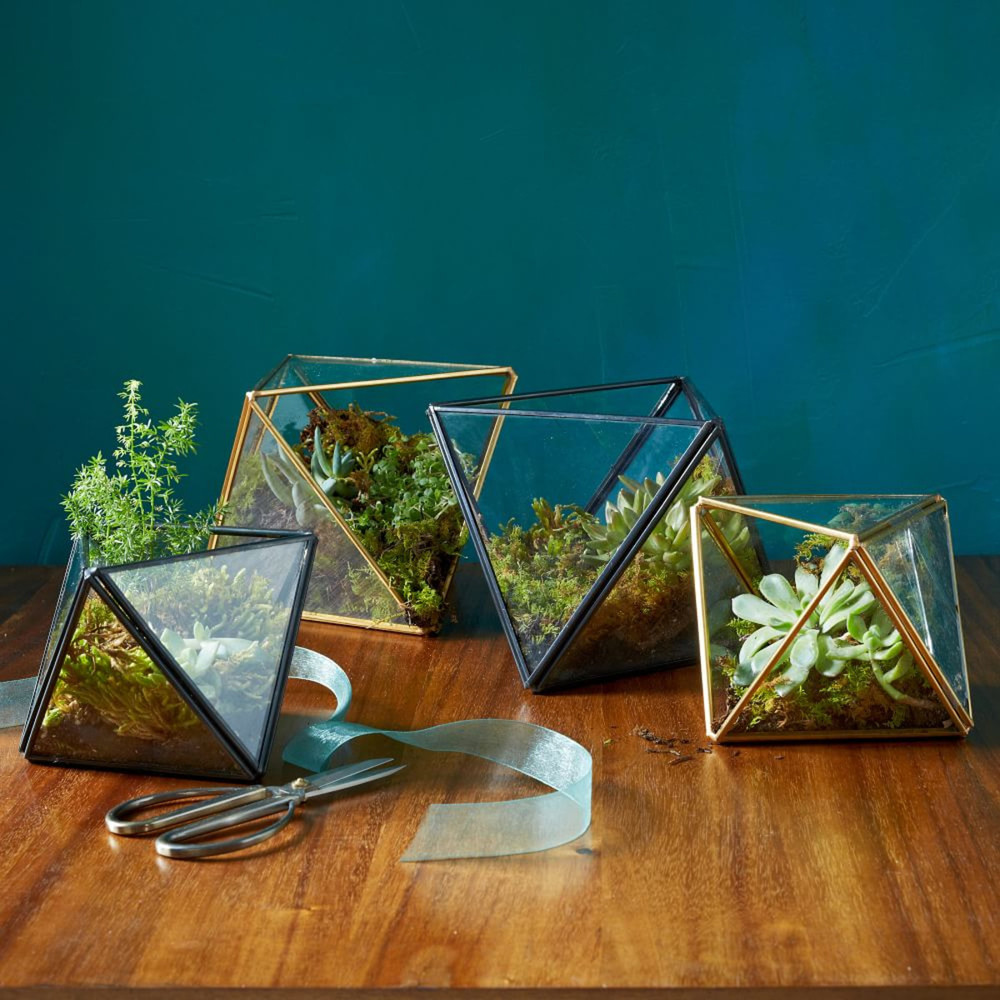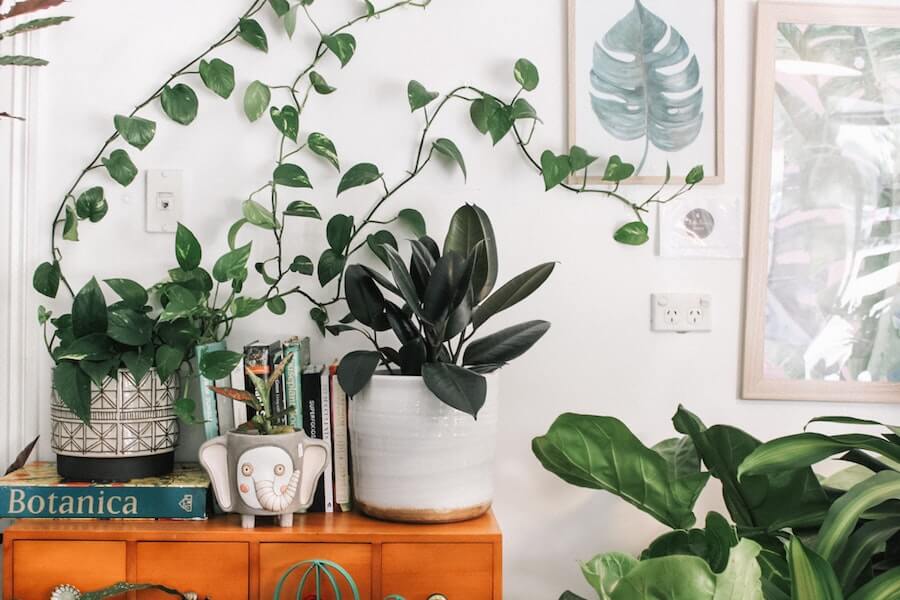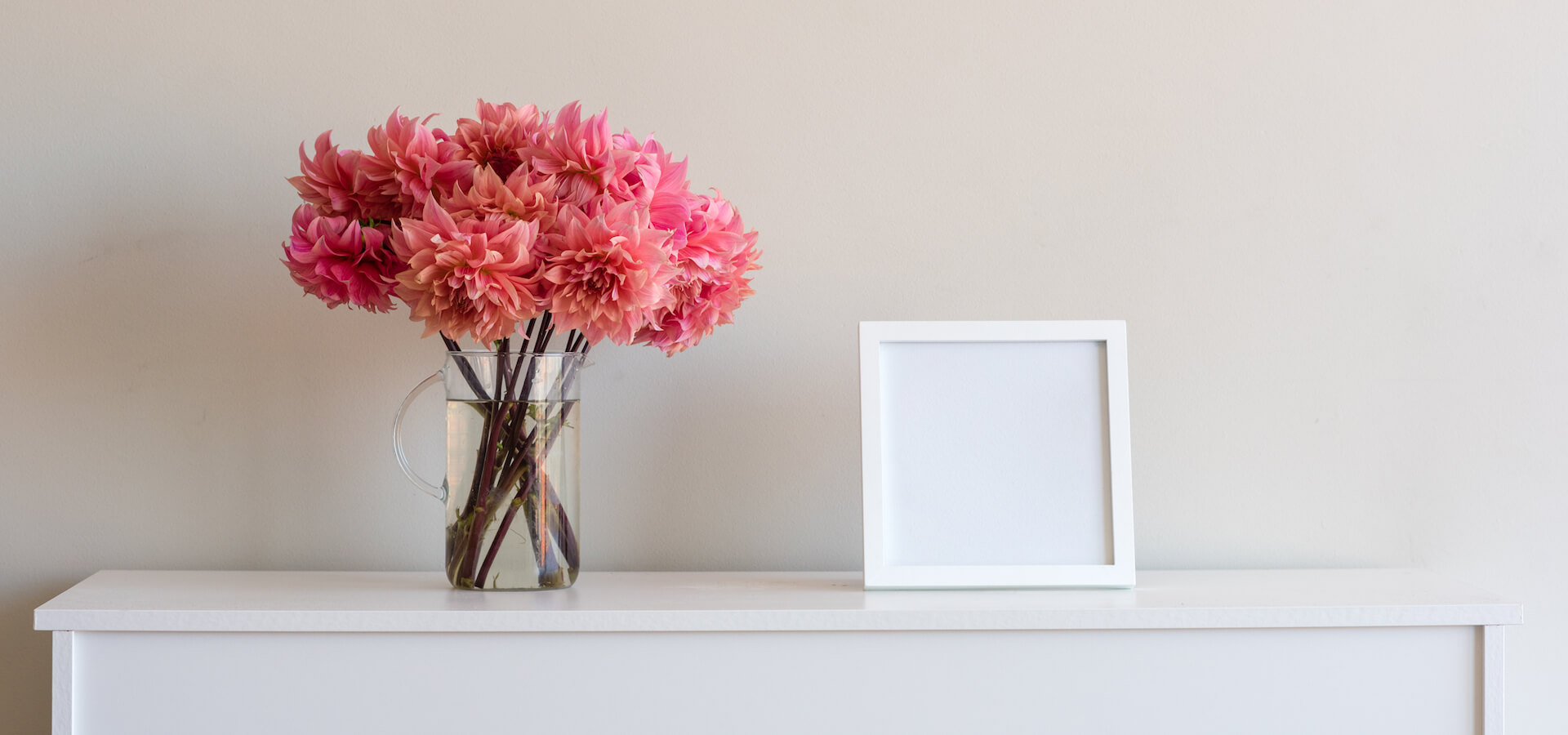With the Melbourne International Flower and Garden Show in full swing, we thought we’d take a look at one of the hottest gardening trends taking the DIY and home decor world by storm: terrariums.
It’s a 70s blast from the past that has made a huge comeback over the past few years. If you remember the ‘gardens under glass’ conversational pieces from back in the day, you’ll understand why more people are now craving that little patch of greenery in their homes and office.
Terrariums are the perfect solution for those with busy lifestyles and the space-starved wanting something lush, green and attractive in their environment that doesn’t take up too much time to maintain. They’re low-maintenance miniature gardens inside a glass case, usually a hanging bowl or mason jar or any other creative receptacle you can find (try a light bulb, fish bowl or wine glass).
Complete with succulents, bright light loving plants, moss and other plant types suitable to terrarium conditions, looking after your new mini garden is easy. Despite the fact they’re built to last, caring for these little guys still requires some essential care tips. Here’s how to make your miniature garden last longer.

Four tips to make indoor plants last longer:
1. Give them the right amount of light.
Succulents and cacti are popular terrarium plants because of their durability and easy maintenance. Terrarium plants won’t ever need as much sunlight as regular potted plants – but they still need the right amount of indirect sunlight to be healthy. Succulents and cacti can have too much light, so unless you want to burn your plants or stunt their growth you’ll want to avoid keeping them in direct sunlight.
Artificial light is ideal for succulents growing in terrariums and like regular sunlight, will ensure your plants don’t become too pale and lose their vibrant colour. If your succulents have had too much sun burn marks will appeal on their leaves, simply move your terrarium away from the area to a space that has less light. Don’t forget too the glass from your terrarium can act as a magnifying glass and intensify the hot rays of the sun. This will dry your succulents out over time from the outside in, so best to keep them out of direct sunlight.
Pro tip: If you’re keeping your terrarium indoors, keep it as close to the window as you can – but be careful not to let it burn should the light from the window get too hot. Your succulents will start to ‘stretch’ towards the light if they’re not getting enough sunlight. If this happens, move them to another space and cut off the top of the plant to promote healthier growth.

2. Water more less often.
Succulents and cacti plants are desert plants which means they’re designed to store water and nutrients in their leaves and stems to help them grow. The general rule of thumb for keeping your new terrarium looking good is more water less often. When you do water them, thoroughly water the soil and wait for it to completely dry out before watering again. Use a water bottle with a small hole in the cap to gain better control of the water flow as terrariums don’t have an opening for water to drain.
The best part about succulents and terrariums is that they’re very resilient. It takes a lot to kill your plant – so they’re perfect for those that aren’t generally good at gardening! You’ll notice your succulents drying out if you haven’t watered in a while. Their leaves will tilt downwards and they won’t look very happy. If this happens, avoid giving it too much water to compensate. As a result of the lack of drainage in a terrarium, too much water is bad news for them and they will only rot and die and no one likes squishy gross leaves! Succulents in particular need to stay pretty dry, so give them small amounts of water every day to bring them back to life if they have started to dry out.
Pro tip: When choosing a terrarium, purchase one that has the right cacti or succulents for your space. Weigh up whether you want a terrarium plant for an outdoor entertaining area or to put on your desk in the office – this will make it easier to choose which plant is best for your conditions.

3. Essential soil tips.
Terrariums don’t need fertiliser to survive – but you do want to pick one with the right soil. Make sure the terrarium you’re purchasing is planted in a cactus mix soil, if it’s not you can replant it when you get it. Indoor succulent soils like cactus mix ensure the plants won’t be planted in very rich soil and because rich soil is renowned for retaining moisture and water, your terrarium plant will rot quicker. Succulents thrive best when planted in gritty, sandy soils.
Adding a Spaghnum moss (Spanish moss) to your terrarium before the soil will keep the plants roots drier and healthier too. This stringy material acts as a carpet on top of the rocks inside the glass container and will prevent the soil from drowning over time down into the rocks.

4. Get rid of the dead stuff.
Regardless of how well you look after your miniature garden, it’s a natural process for parts of your succulents to die and fall off. As new growth occurs on the top of the plant, the bottom leaves and stems will start to die. Remove the dead pieces as soon as they start to appear as keeping them there will promote bacteria around the roots and harm your lush looking terrarium.
Weak or flimsy looking succulents are a sure sign the terrarium needs more light or food. You can use plant food to replenish the soil with natural goodies or move the terrarium into a space that offers more sunshine – this will boost the colour in the leaves and strengthen its structure. If the plant does completely die, pull it out promptly and replace with a new plant.

These tiny gardens enclosed in their own worlds work wonders in transforming a dull looking or lifeless colourless space. With a little TLC, water and sunshine your terrarium will be built to last.






